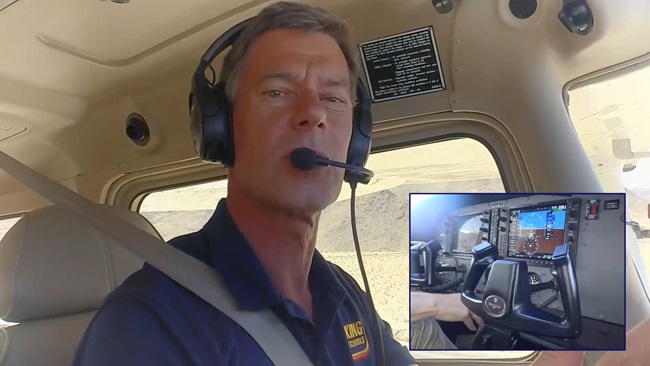There have been signs of the current pilot shortage predicament for at least a decade. Still, pilots and airline unions refuse to hear the message. So, let’s get the current scoop.
CNN Money writer Jon Ostrower described the state of affairs in a July 2017 article titled “The U.S. Will Face a Staggering Shortage of Pilots.” Citing a recent Boeing report, Ostrower notes that passenger and cargo airlines are expected to buy 41,000 new airliners between 2017 and 2036 and will need 637,000 new pilots to fly them. What does that mean for pilots in training? “Over the next two decades, 87 new pilots will need to be trained and ready to fly a commercial airliner every day in order to meet our insatiable demand to travel by air.”
In addition to rising demand for air travel, retirements at U.S. airlines will fuel the pilot shortage as they start to go through the ceiling starting in 2021. Using data provided in a report issued by Cowen and Company, Ostrower explains that 42 percent of active U.S. airline pilots at the biggest carriers—about 22,000—will retire over the next 10 years.
The farm league for the major airlines is, of course, the regional carriers. How many regional airline pilots are in the queue for a possible shot at a large jet carrier? Just 19,000. Already the regionals are having their own problems. Horizon Air, for example, is said to have canceled 6 percent of its scheduled flights—some 300 flights—from August to September for lack of pilots.
Now that starting salaries are respectable, the critical issue stopping so many is the training price tag.And what about the military? The Department of Defense, according to Ostrower, claims the Air Force is short 1,555 pilots and is prepared to pay big bonuses to keep them in.
To further complicate matters, foreign carriers in China and the Middle East are dangling incentives to attract American line pilots—to the tune of about $300,000 annually plus such benefits as schooling for the kids, ample time off, and round-trip tickets back to the United States for the family. Toss in a personal driver and limo for the ride to the airport to sweeten the pot.
With historical sources of pilots drying up and foreign carriers drawing qualified pilots away, major U.S. carriers are feeling the pinch. How can they grow their ranks? “Pilots and their unions contend that there is no shortage, only a perceived one, and a dearth of good-paying flying jobs that would attract new candidates,” Ostrower writes. “Rather than change any standards to bolster recruitment, pilots unions have pushed for higher wages for existing pilots to increase the economic attractiveness of the profession.”
There is some really good news for aspiring professional pilots. Regional airlines have finally come to the table with better pay. Gone are the days when a new hire at a regional airline could expect to make $22,000 in a good year. Earning potential in the first year for most of the regionals is now in the $50,000 to $60,000 range—that’s in the same range as police officers and firefighters.
Now that starting salaries are respectable, the critical issue stopping so many is the training price tag: $100,000 and up is not unusual. Then, graduating with a commercial certificate and 300 hours of flight time, it’s another long slog to 1,500 hours for the airline transport pilot certificate, most likely as an underpaid CFI; all the while, the monthly payments come due. Pilots may take advantage of a reduction of required time to either 1,000 or 1,250 hours based on the kind of education one has received (see “Numbers Game,” above), but that is still a gap to be traversed.
As well-intentioned as the Airline Safety and Extension Act of 2010 was, it has contributed immensely to the cost of starting a pilot career. As a result of the crash of Colgan Air Flight 3407 in Buffalo, New York, first officers flying regional jets under FAR 121 are required to have an ATP certificate—as if time in the logbook alone equates to a safe and experienced pilot. The captain of Flight 3407 had 3,000 hours of total time plus 100 hours in the Bombardier Dash-8 Q400, and the first officer had 2,200 hours with almost 800 in type.
The military has proven for decades it’s all about the quality of training. Those who doubt that a flying novice can be trained to be an effective crewmember with less than 1,500 hours are missing a key point: Military aviators are entrusted with jet transports and fighters with about 300 hours of training. And airlines such as Lufthansa have proven that a gifted individual enrolled in an ab initio program can be trained to fly heavy aircraft in a few hundred hours.
Regional pay enhancement is a step in the right direction to attract new talent. Lowering the cost of admission for airline pilots is the next step. The ATP rule needs to be looked at carefully. How can we achieve the same standard of safety with less time and expense? Somebody up the chain in Congress and the FAA needs to be listening. Otherwise, Amtrak will see a surge in business as airplanes collect dust on the ramps.


